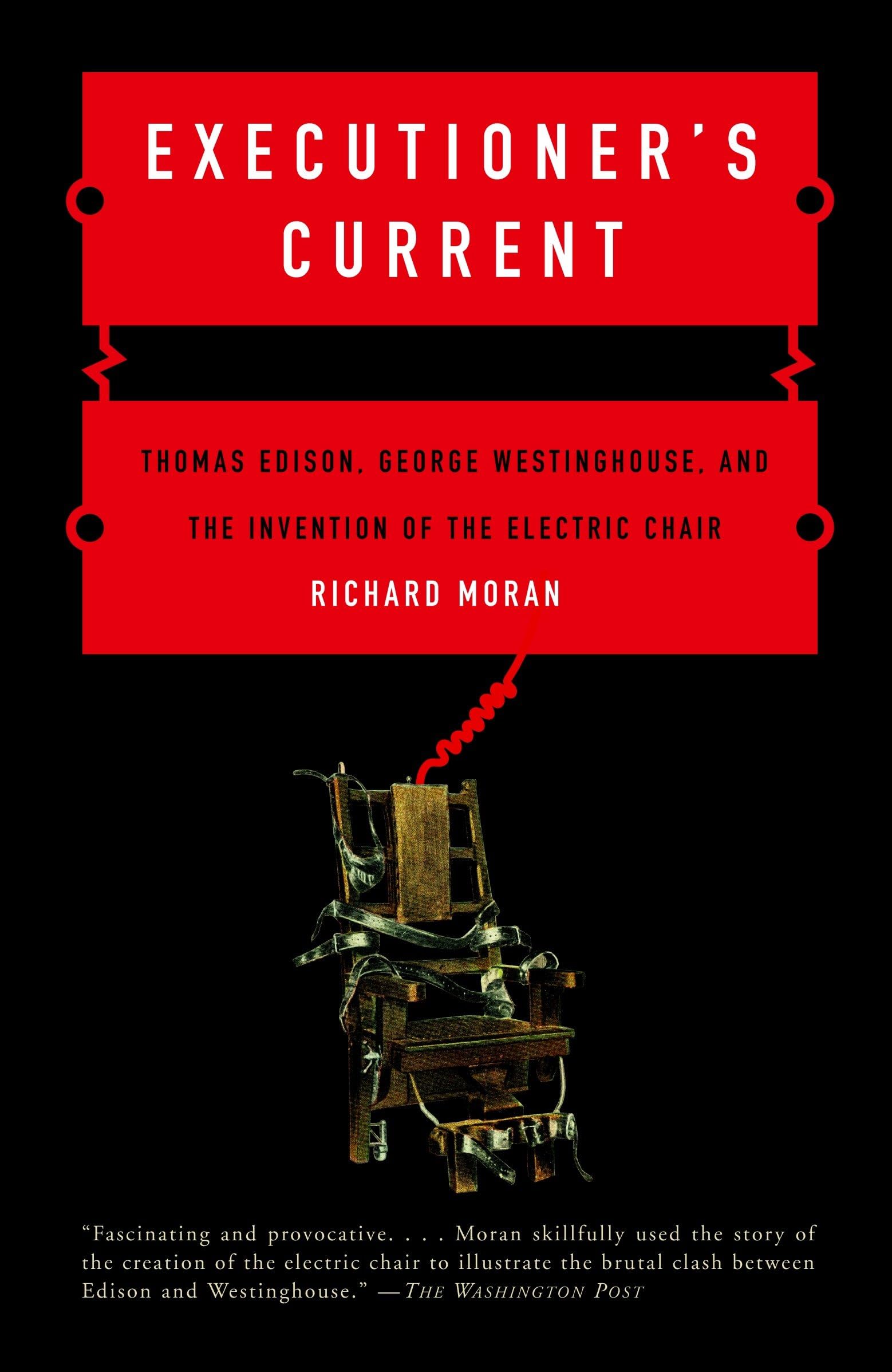A “fascinating and provocative” story (The Washington Post) of high stakes competition between two titans that shows how the electric chair developed through an effort by one nineteenth-century electric company to discredit the other. In 1882, Thomas Edison ushered in the “age of electricity” when he illuminated Manhattan’s Pearl Street with his direct current (DC) system. Six years later, George Westinghouse lit up Buffalo with his less expensive alternating current (AC). The two men quickly became locked in a fierce rivalry, made all the more complicated by a novel new application for their product: the electric chair. When Edison set out to persuade the state of New York to use Westinghouse’s current to execute condemned criminals, Westinghouse fought back in court, attempting to stop the first electrocution and keep AC from becoming the “executioner’s current.” In this meticulously researched account of the ensuing legal battle and the horribly botched first execution, Moran raises disturbing questions not only about electrocution, but about about our society’s tendency to rely on new technologies to answer moral questions.
Executioner’s Current: Thomas Edison, George Westinghouse, and the Invention of the Electric Chair
$15.00
This historical account explores the intersection of science, technology, and law, providing content for history and ethics discussions.
Additional information
| Weight | 0.272 lbs |
|---|---|
| Dimensions | 13.2 × 1.6 × 20.3 in |





![AP US History Prep Book 2024: APUSH Study Guide Review and Practice Test [3rd Edition]](https://m.media-amazon.com/images/I/71Qg3w4LpVL.jpg)
Reviews
There are no reviews yet.